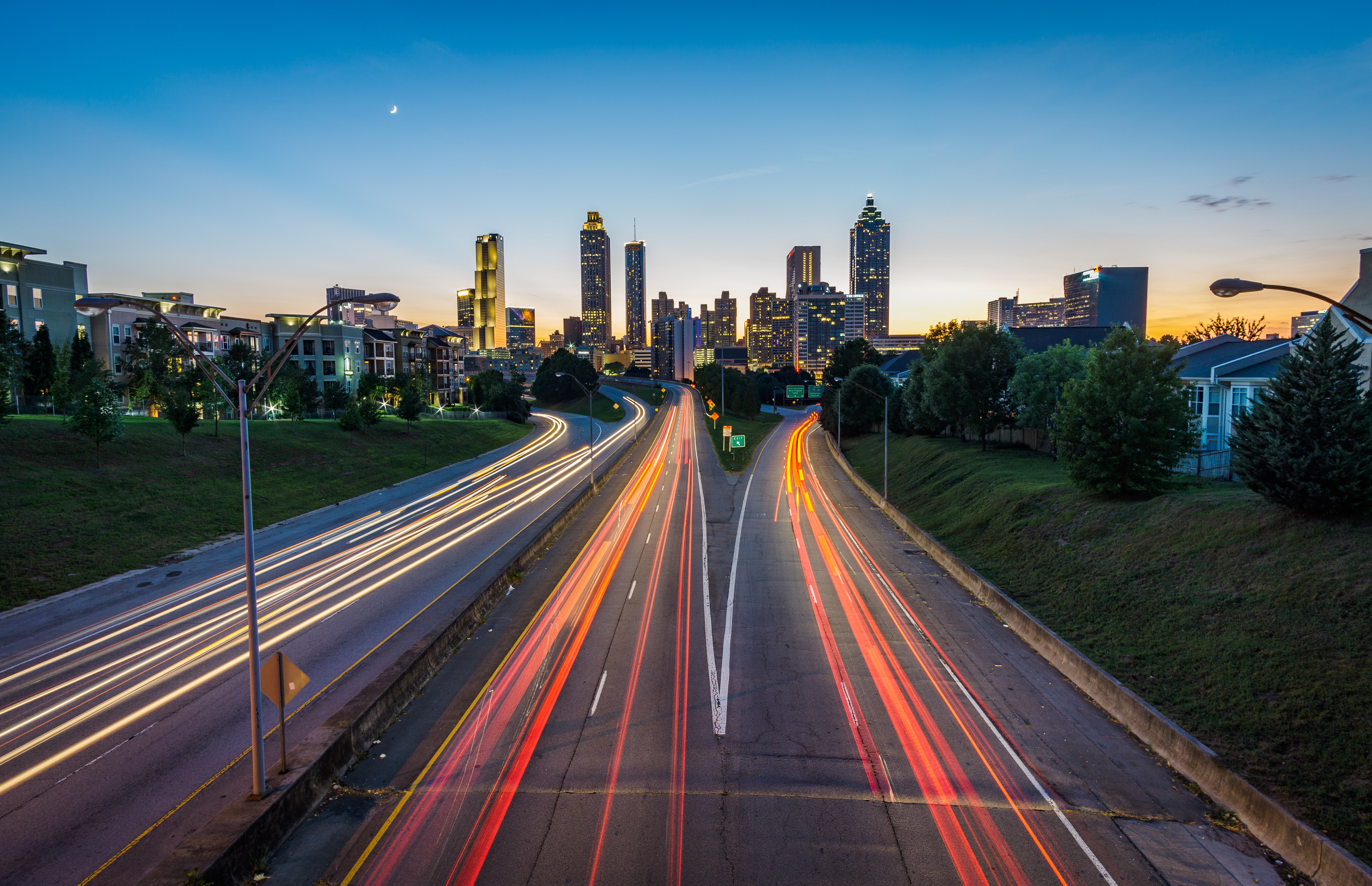
5 Good Reasons to Choose Lidar Technology for Traffic Monitoring
Organizations involved in collecting and analyzing traffic information, such as city planners and engineering consultants, now have many options when it comes to data collection. Tried and true methods like inductive loops are still being used, but it can be difficult to know which technology is best suited for a particular application. New solutions have appeared on the market with some of them leveraging artificial intelligence and lidar technology. There are several good reasons to choose lidar technology for traffic monitoring.
-
Reliable in any weather
One of the most important advantages of lidar sensors over cameras is that LiDAR sensors are reliable even in poor weather conditions. Unlike cameras, a lidar sensor can accurately capture information about road users in rainstorms, fog, blizzards and other extreme weather. Lidar sensors do not need to be cleaned or maintained in any way in order to continue collecting accurate traffic data.
-
Reliable in any lighting
Similarly, lidar sensors do not rely on ideal lighting conditions. While video images of an intersection may be hampered by low lighting or direct blinding light, lidar sensors will provide the same accurate traffic data regardless of lighting. There is no need to worry about the position of direct sunlight when positioning a lidar sensor and it can capture the presence of road users at any time. This is a real benefit when studying poorly lit bicycle paths or paths.
-
No privacy issues
Unlike camera-based systems, lidar technology respects the privacy of citizens. All data is captured using sensors, so traffic information is anonymous, and citizens cannot be identified. Facial recognition capabilities can be used in camera-based systems leading to privacy concerns.
-
Not disruptive
Some methods of collecting traffic data are disruptive, and as a result they are expensive. Inductive loops need to be installed in the actual road so the cost of installation can be high. Additionally, it can be expensive to maintain this type of system. As motorists drive over the sensors, and winter conditions wreak havoc with the asphalt, inductive loops must be repaired and replaced often. On the other hand, lidar sensors are very easy and quick to install and little to no maintenance is required. They can be installed on a pole in as little as five minutes.
-
Only one sensor per intersection
With lidar sensors, only one sensor is required to count the road users travelling in any of the four directions. In order to get full coverage of an intersection, you will need to install many inductive loops, and this will take time and money. To get all four traffic directions, more than one camera will need to be installed.
Ultimately, the goal for all traffic collection is to get accurate data that can be analyzed and used for planning and traffic optimization. The great news is that there are now solutions available that offer accurate data at a lower cost, respect the privacy of citizens and can collect data 24/7 in any kind of weather or lighting. For example, Bluecity iQ is a traffic data platform that combines lidar and artificial intelligence to provide real-time traffic data and analytics. To learn more, visit Bluecity.ai





